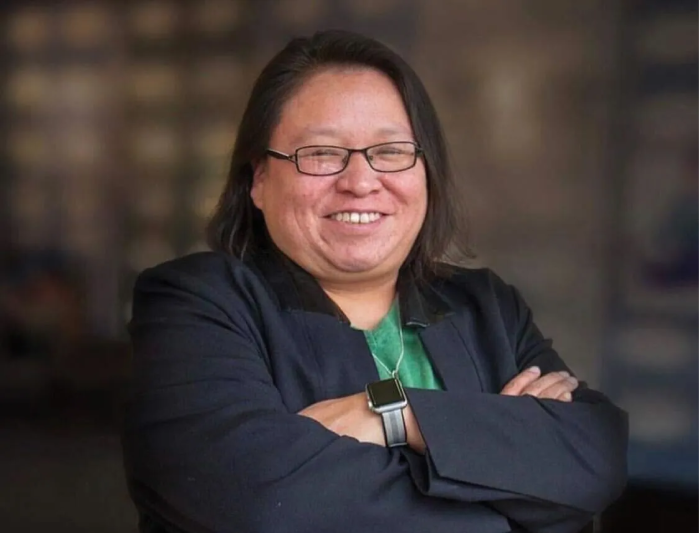“The neighborhood I am in is so surprising,” writes Jared Wellington, a 13-year-old resident of the Red Hook Houses in Brooklyn. “Anything can happen, good or bad.”
Wellington’s words help to describe a photograph he took at age 9 in 2011 while participating in a unique effort to give residents of the city’s housing projects the opportunity to document their own lives with single-use film cameras. In his photograph, the shadows of the photographer and another person stretches out on a sunny sidewalk. “The sun rises on our faces,” he writes.
Wellington’s photograph is among 84 images published in a new book out this spring called “Project Lives” that aims to change negative perceptions surrounding New York’s public housing developments, where over 400,000 people live. The book is the outcome of photography workshops conducted at Manhattanville Houses in 2010 and at 15 other sites in 2013. Over 200 people who live in the projects participated; 42 individual photographers are represented in the books. Photographer Chelsea Davis led the workshops.
“She didn’t send the photographers out with any agenda except to take photographs of their lives,” said former NYCHA employee Jonathan Fisher, who along with Davis and participatory photography cheerleader George Carrano is a co-editor of the book. “What they came back with are these optimistic, dignified photographs of themselves.”
To him, one photograph in particular, “My neighbors” by Jane Mary Saiter, exemplified the results of the project. In the image, a woman leans out a window speaking to another woman on the sidewalk just below.
“To me, that signified friendliness,” he said. “You have never seen that in the tabloids and Hollywood movies. The reality is that you go into these projects and people are taking care of each other.”
He said the overwhelming majority of photographs that residents took were positive. “We didn’t cull out anything negative,” he said. “We didn’t get anything negative.”
The co-editors of the book hope that the positive images will spur policymakers to take another look at public housing as a public good and invest more in affordable housing at a time of acute crisis.
Royalties from the book, published by powerHouse Books, will go to programs for NYCHA residents.

































